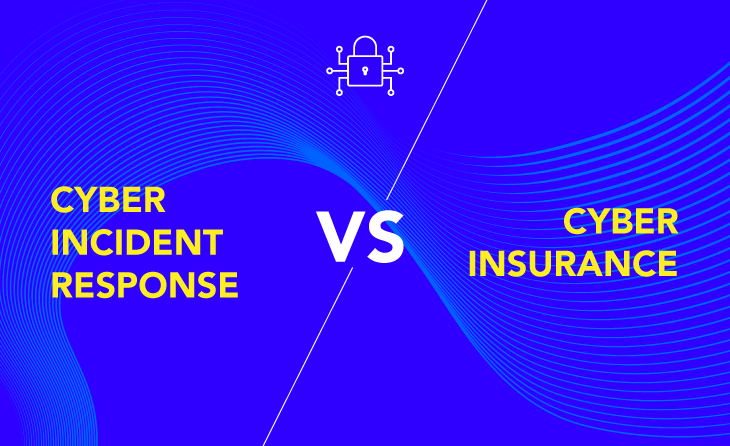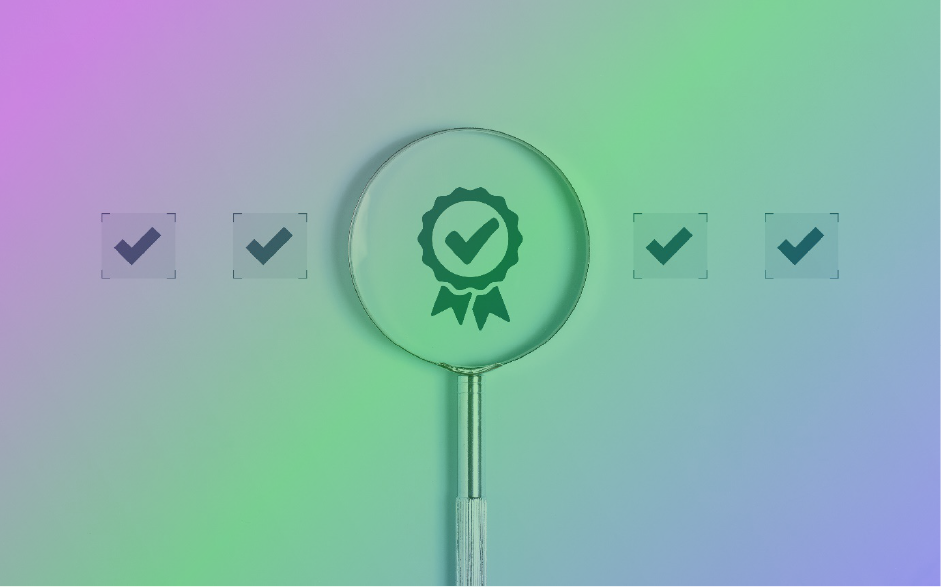We’ve all seen how a cyber security breach can cripple IT systems, with more stories appearing in the news every day. It is crucial that everyone within your organisation is aware that cyber security is taken seriously, how well you are protected and what measures are currently in place. It is a myth that organisations are targeted because of what they do, the information they hold, or their public profile. In reality, organisations get hacked because they are vulnerable.
Overview
The unique reporting methodology allows you to target future improvements and measure your progress towards this goal. It allows you to see when you have an appropriate balance between risk and protection – a pragmatic approach that gives clear justification to any investments within this area.
- What systems may be compromised?
- What data could be lost?
- How would the media report such an event?
Once you have an understanding of your risks, a Cyber Security Review can help you prioritise any changes and scope what systems you need to have, to ensure robust security.
The Four Components of a Daisy Cyber Security Review
This covers the areas of IT security protection that directly impact on your risks of a serious cyber security breach. Whilst our expert analysis is in-depth, we report these as either red/amber/green, accompanied with specific recommendations and targeted improvements, where necessary.
Daisy’s unique scoring tool is designed to give you an overview of your current level of protection and the risks your organisation faces. As your protection should be proportionate with your risks, we don’t just compare you with some hypothetical ideal. Rather, we look at the balance of your risks, in context of the nature of your operations, and your current capabilities and weaknesses.
This is an executive-level reporting system that gives management a clear picture of your current security position and facilitates resource decisions.
This is also a useful executive level reporting system that evaluates your organisation’s ability to quickly and effectively respond to a ransomware attack.
Daisy Cyber Security Quadrant
- Evaluation of your current position, including an evaluation of your ability to respond to ransomware attacks
- Understanding differing positions across the organisation
- Identifying areas of under (and over) spending on security
- Benchmarking and measuring future progress
- Understanding of your security posture and associated risks
Why Daisy?
- Daisy has more than 20 years’ experience in the detection, investigation, and resolution of cyber security incidents
- All our consultants are qualified as Certified Information Systems Security Professional (CISSP) as a minimum, plus additional certifications covering their area(s) of expertise
Have you thought about…?
Penetration Testing
A ‘point in time assessment’, providing a snapshot of your security posture at the point of testing. As new security vulnerabilities are constantly being discovered and published, both penetration testing and vulnerability assessments should be conducted regularly. Most security specialists will recommend at least annual penetration tests.
ISO 27001
An internationally recognised security framework which can be adopted by most organisations to help identify their vulnerabilities. Its flexibility means businesses can choose the most appropriate controls, commensurate with their level of risk, and provide assurances as to the protection and availability of their information.





